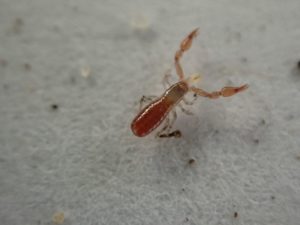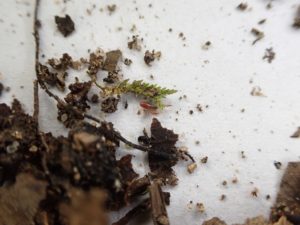April 22nd
Happy Earth Day from the Berea College Forestry Outreach Center. Sadly the trails are still closed but in the spirit of Earth Day and #wildlifewednesday share your favorite wildlife photo or story in the comments below.
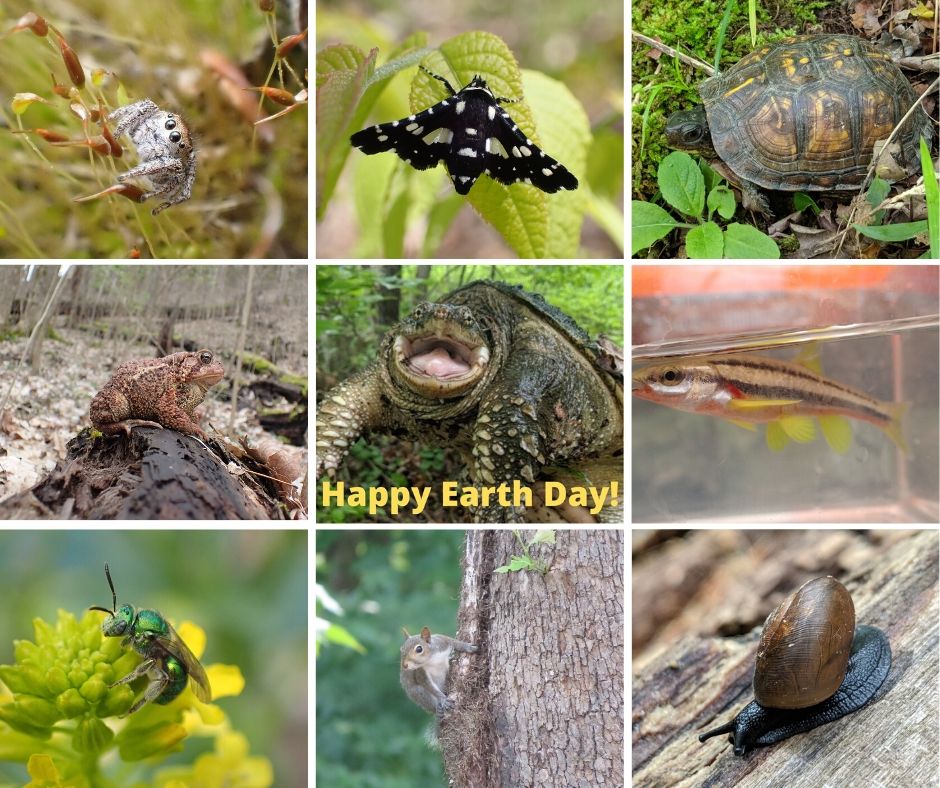
April 15th
It’s mid-April and that means Orioles are returning and seeking out territories. Putting out feeders right now will give you a good chance at attracting a pair to your yard. You can purchase feeders made specifically for orioles that are similar to hummingbird feeders, or you can simply place orange halves on tree branches or fence posts in your yard.
How to make an Orange Feeder for Orioles
https://www.audubon.org/news/make-orange-feeder-orioles
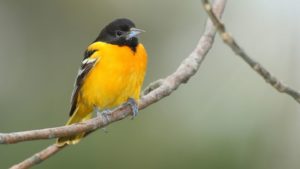
April 8th
For this #wildlifewednesday, meet the Eastern cottontail!
While many people might just think of rabbits as cute, they are also an important part in our ecosystem. They are an important food source for a wide range of animals like foxes, bobcats, and even owls. They have many interesting adaptations that make them a formidable prey animal.
(Watch for a video coming soon about these traits…)
This time in the spring is when these rabbits tend to start having litters of 3-8 kits. If you see a rabbit nest and the mother is not present, it does not mean she has abandoned them. Unless they are physically injured, just leave them be and the mother will likely return. Check your lawns before mowing in case you might be lucky enough to have baby bunnies growing up in your yard! The babies will be old enough to leave the nest in only 3-4 weeks.
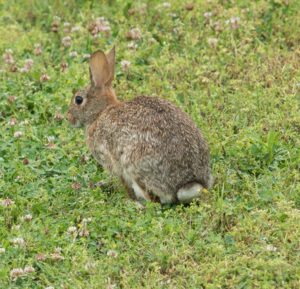
April 1st
Today is April 1st and that means its time for the Ruby-throated Hummingbirds to return.
Every Spring the Hummingbirds that you see at your feeders migrate here from southern Mexico and Central America. Many of the birds will make a non stop 900 mile trip flying over the Gulf of Mexico, and thats only about half of the distance they need to migrate before they make it to KY. When they get here they will need fresh nectar sources, so now is a great time to put out a feeder.
Hummingbird nectar is easy to make its 1 part sugar to 4 parts water, thats 1/4 cup of sugar for every cup of water in your feeder. Don’t use any red dyes in the nectar but red colored feeders are a good idea. Be sure to take your feeders down and wash them thoroughly about once a week.
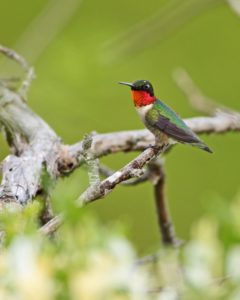
March 25th
Our Naturalist, John Abrams, made a short video about a garter snake he found! Check it out here!
March 18th
This strange-looking arachnid is a Pseudoscorpion or false scorpion. They are common in the forest but they are incredibly small, typically less than 5mm. Unlike real scorpions they do not possess a tail with a stinger, instead, they have glands in their claws that inject venom into prey.
Pseudoscorpions are found in the leaf litter, under bark, and some species even live in old books where they feed on even smaller insects like dust mites and booklice. If you look closely in the photo you can see a tiny ant larva in the pseudoscorpions mouth.
